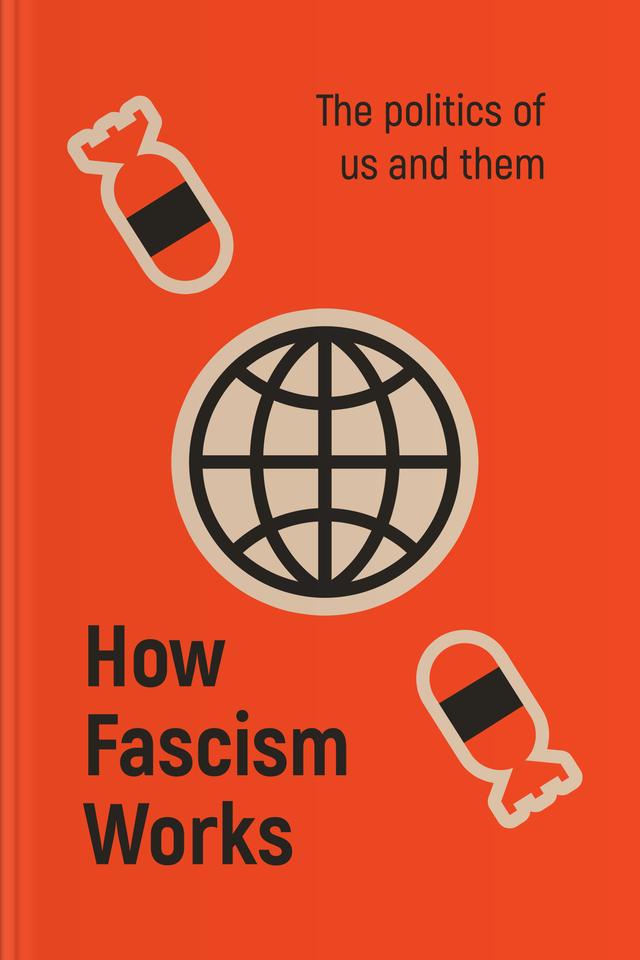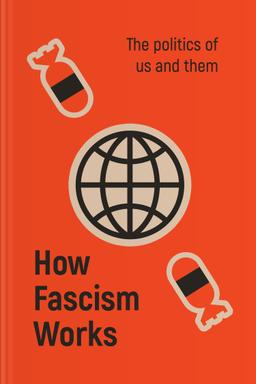You’ll learn
- The mechanism of propaganda
- About the function of conspiracy theories
- The dilemma of “us” and “them”
- The concept of sexual anxiety
russia has launched a full-scale war in Ukraine. Donate to support Ukraine and protect the world’s peace.

first KEY POINT
The political spectrum of today's world is vast and diverse. New concepts and parties continuously emerge, but one thing remains the same — the division between the right and the left. The right-wing politicians preach the fundamentals of nationalism — the passionate love and devotion to the country. It is a very noble and dignified feeling; the patriots have the state's best interest at heart. However, if overlooked, nationalism can turn into something extreme and dangerous, namely fascism.Fascism is not a relic of the past, as some people would assume. It thrived in the twentieth century when Germany and Italy established it as their central doctrine during The Second World War. Yet, elements similar to fascism ideology exist in modern political systems. There are several symptoms of fascism; they include propaganda, unhealthy fixation on the nation's heroic past, hierarchical order of society, and many more. With these instruments on hand, the leader can instill the ideas of supremacy into the head of the citizens.
A lot of present-day countries have stepped on the path of nationalism. The far-right parties dominate Poland, Hungary, Turkey, and Russia. In the United States, this trend became obvious when Donald Trump started running for the presidency. He is a firm advocate for anti-immigrant policy and continuously expresses his discontent with refugees from the Arab region fleeing to the US. This dislike resulted in setting up several restrictions and bans for those who wanted to find a better life in the USA and escape the terrors of war. This summary will highlight the typical features of fascist dogma still present in the 21st-century political world.
second KEY POINT
At the core of fascist ideology lies the fetish around the nation's past. It is the obsession with historic victories, military triumphs, and golden periods of prosperity. Fascist supporters want to evoke nostalgia for the glorious past days and the desire to revoke the purity destroyed by globalization and unconventional beliefs. The nation's wrongdoings stay behind the curtain — to mention these pages of history means damaging the great state's image. Such restrictions exist even on the legal level — in Turkey, it is against the law to bring up the genocide of Armenians committed by the Turkish nation during the First World War.In the old days, society held on to the traditional family models — the husband being the leader and the wife obeying him. It is a perfect prototype for fascist politicians — they project this pattern on the community. The state head, whether a president or a party leader, is a father of the nation; he is to be revered and worshiped. Such patriarchal influence gives the ruler of the country unlimited power and the ability to manipulate the masses. The nation itself provides the authority to the hands of the fascist leader — they vote for this candidate in a democratic election. Democracy, however, ends right there — instead comes tyranny and despotism.The primary tool of fascism is propaganda. The information fascism supporters usually spread has a noble connotation and is alluring to people. It may be proclamations to fight corruption or inequality, to establish law and justice, or to protect the country from formidable enemies. Little does the community know that beneath this propaganda are the evil goals of power usurpation. The basis of indoctrination is distorted facts, lies, and manipulation. Here is a clear case of hypocrisy — by hiding behind anti-corruption slogans and campaigns, the fascists are involved in financial and political shenanigans. They fight against people and institutions that do not support their visions or defend unconventional concepts.

Continue reading with Headway app
Continue readingfirst KEY POINT
second KEY POINT
third KEY POINT
fourth KEY POINT
fifth KEY POINT